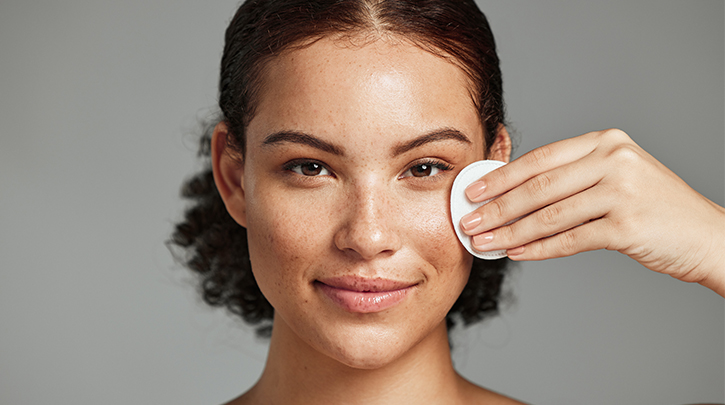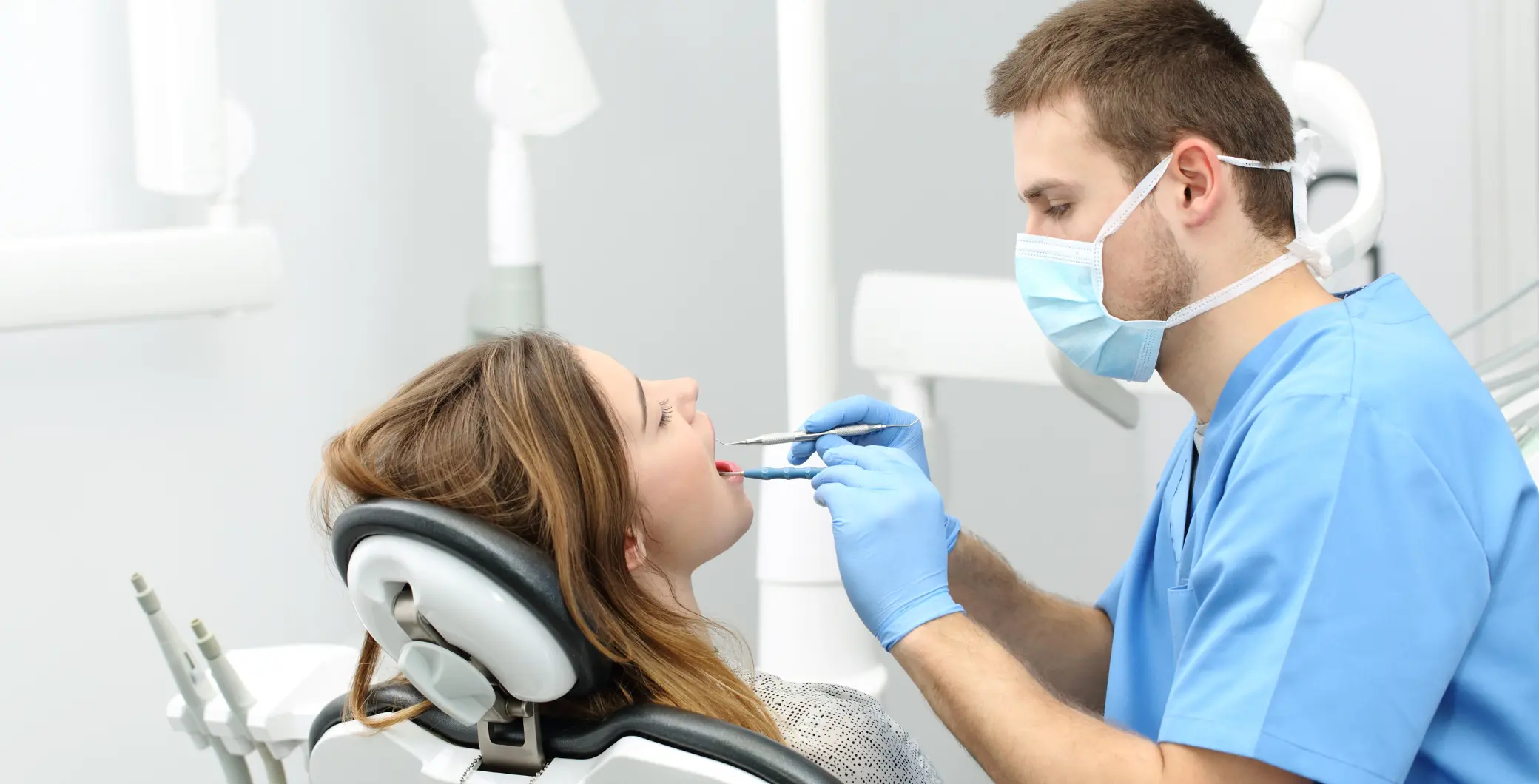
Image Source: Google
Are you looking for a non-invasive, painless way to achieve tighter, smoother skin? Look no further than Venus Legacy Skin Tightening. This innovative treatment has been gaining popularity for its ability to rejuvenate the skin and enhance natural beauty.
In this article, we will delve into the secrets of Venus Legacy Skin Tightening and how it can unlock the key to radiant skin. If you are in search of skin tightening treatment, you may navigate to https://lavishlasermedspa.com/venus-legacy-skin-tightening/.
The Science Behind Venus Legacy
Venus Legacy uses a combination of Multi-Polar Radio Frequency and Pulsed Electro Magnetic Fields to deliver non-invasive skin tightening, wrinkle reduction, and cellulite reduction. This technology works by stimulating the body's natural healing response, promoting the production of collagen and elastin fibers. The result is firmer, smoother skin with improved elasticity.
Key Benefits of Venus Legacy Skin Tightening
- Non-invasive and painless treatment
- Helps reduce fine lines and wrinkles
- Improves skin texture and tone
- Reduces the appearance of cellulite
- No downtime, allowing for immediate return to daily activities
Areas that can be Treated with Venus Legacy
- Face and neck
- Abdomen
- Thighs
- Buttocks
- Arms
What to Expect During a Venus Legacy Treatment
A typical Venus Legacy treatment session lasts for about 30-40 minutes, depending on the areas being treated. Patients can expect to feel a warm sensation as the device glides over the skin, targeting the underlying tissues. Most patients describe the sensation as comfortable and relaxing.
Number of Sessions Required
While some patients may see results after just one session, a series of treatments is usually recommended for optimal results. The number of sessions required will vary depending on individual goals and the area being treated. Your skincare specialist will create a customized treatment plan tailored to your specific needs.
Post-Treatment Care
- Avoid exposure to direct sunlight immediately after the treatment
- Drink plenty of water to stay hydrated
- Follow any specific instructions provided by your skincare specialist
Is Venus Legacy Skin Tightening Right for You?
Venus Legacy Skin Tightening is suitable for individuals looking to improve the appearance of sagging skin, fine lines, wrinkles, and cellulite. It is a safe and effective treatment for patients of all skin types and tones. However, it is always recommended to consult with a skincare specialist to determine if Venus Legacy is the right treatment for you.
Benefits of Venus Legacy for Different Skin Concerns
- Sagging skin: Improves skin elasticity and tightens loose skin
- Wrinkles and fine lines: Stimulates collagen production for smoother, younger-looking skin
- Cellulite: Reduces the appearance of dimpled skin
Contraindications of Venus Legacy
While Venus Legacy is a safe treatment for most individuals, there are certain contraindications to consider. It is not recommended for individuals who are pregnant, have a pacemaker, or have metal implants in the treatment area. It is important to disclose any medical conditions or concerns to your skincare specialist before undergoing treatment.





